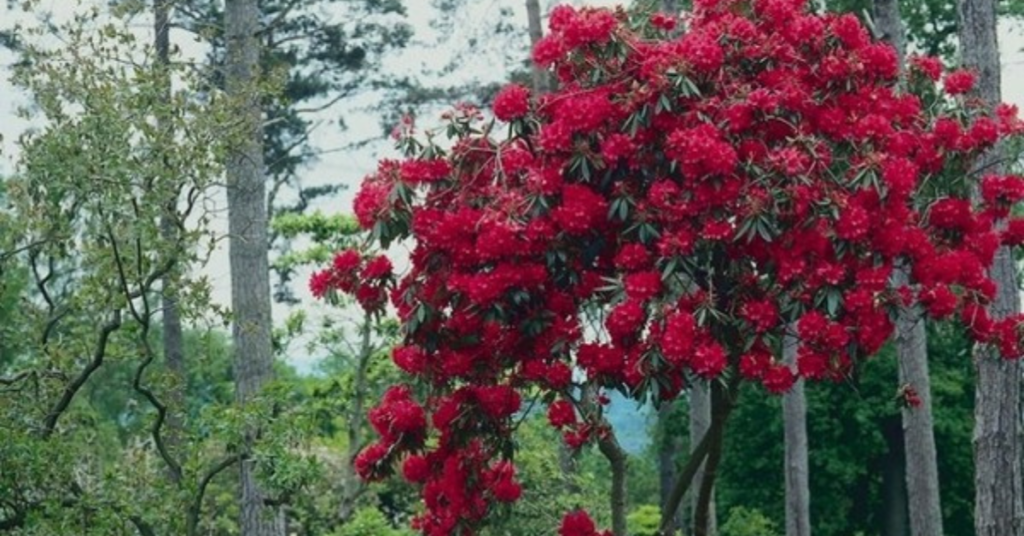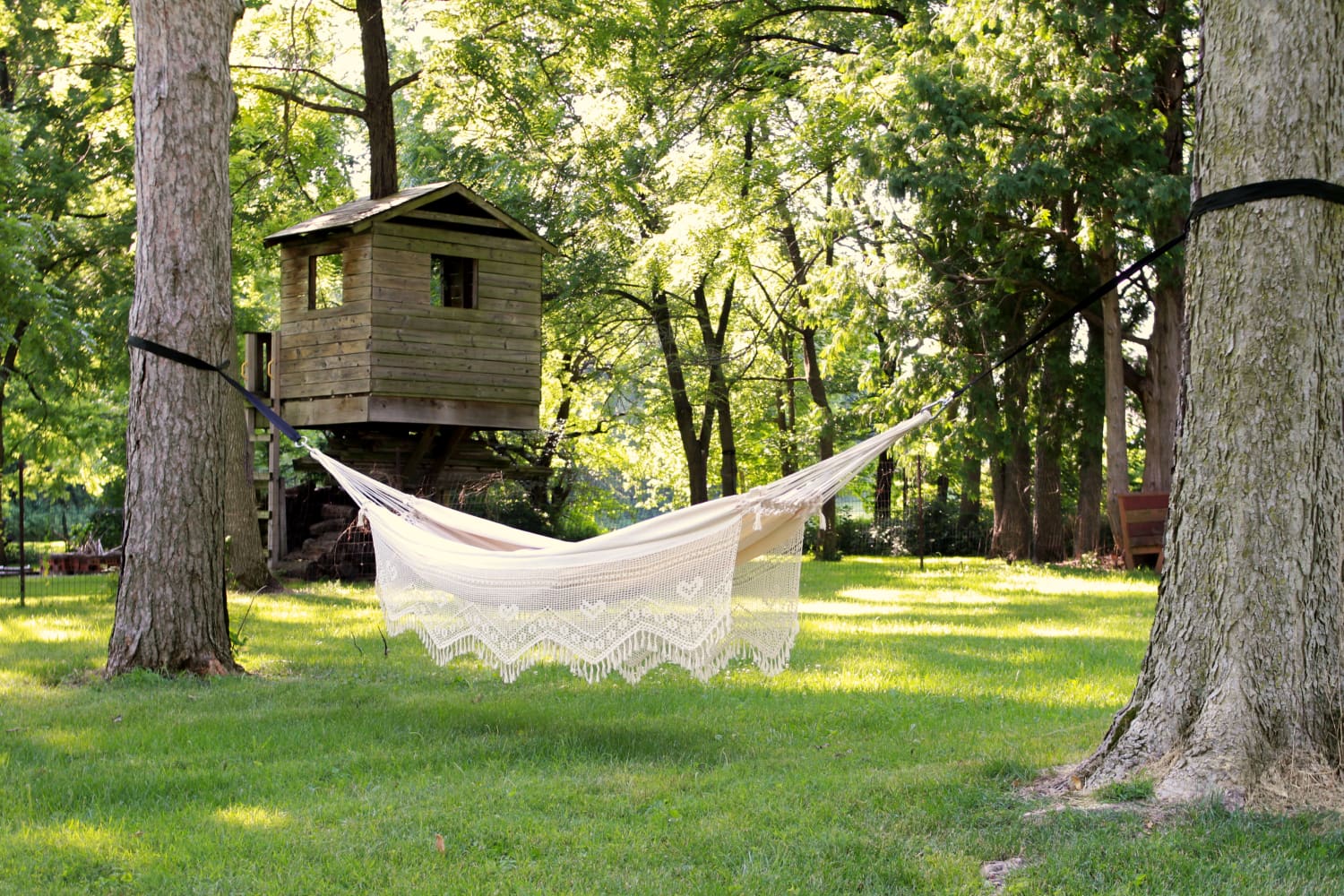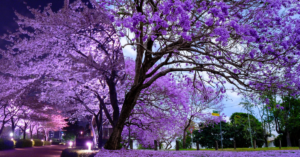Best Shrubs With Red Flowers for Any Garden
Ungreened plants boast of having red flowers being some of the most vibrant and intriguing additions to this outdoor living space. If you want flowers to blend some color in your front yard, build a backyard fence or attract pollinators then these plants can aptly fit into all those roles. They are available in many forms depending on their size and how much foliage they grow to have as well as the color of their flowers; these may be small bushes appropriate for substations or brightly flowering shrubs that have red flowers. In this article, it will also discuss the baja, plenty and best choices for your space, the manner on how it can be taken care of and why it is important to plant one.
Why Choose Shrubs With Red Flowers for Your Garden?
It is for this reason that such a shrub as one with red flowers can be captivating to the eyes and blend well in any compound. Red flowers represent passion, love and energy and thus can well fit the lively areas strategically located outside in some parts of the world. There are many kinds of these shrubs which include evergreen, those that shed their leaves during winter and the dwarf ones. And, they are ideal for drawing butterflies, hummingbirds and bees. Especially if you are a citizen of the warm climate, the Florida shrubs with red flowers are very popular because they do not require any special care and prefer hot, humid climates. In other words, if you intend to introduce vitality and contrast to your garden, shrubs with red flowers should do the trick.
Top Benefits of Growing Shrubs With Red Flowers
Apart from the aesthetic appeal, these shrubs are a plus to any gardener mainly because of their benefits listed below. Initially, most flowering shrubs with red flowers can bloom for such a long time starting from spring. And going up to the fall. There are some types that I have identified which flower almost all through the year in the Southern region. Such as the hibiscus or the bottlebrush.
Secondly, it provides a barrier that may either be used for a wall like feeling or for a fence. Especially when you are using a bush with red flowers such as Red Tip Photinia. Or Dwarf Bottlebrush which is evergreen. Some are also relatively dormant once planted and don’t require much attention plus. They grow well in different types of soils and in different climatic conditions. Whether it is landscaping in the Pacific Northwest or in search of shrubs with red flowers in Florida. There is bound to be a match out there.
Popular Types of Shrubs With Red Flowers to Consider
If you are searching for a shrub with red flowers then you are in the right place. Below are some of the collections that many gardening enthusiasts throughout the United States know to be the best:
- Red Azalea – A popular flowering shrub which blooms with red flowers particularly in the spring season.
- Hibiscus – Ideal for warm zones; this large-blossomed beauty blooms all summer.
- Red Tip Photinia-The photinia is an evergreen shrub of medium growth with striking red coloured foliage. And white flowers useful to be used for hedging purposes.
- Bottle brush (Callistemon) – An attractive plant that produces bright red, brush-like flowers very attractive to pollinators.
- Ixora – A tropical shrub often used as Florida shrub having red flowers
- Camellia ‘Yuletide’– one of the varieties that bloom in winter to add colors during the festive season.
One could summarise this lot in its quirkiness as ranging from tropical to neoclassical. You simply have to link the variety to the climate of your location. And the style of gardening you have into account.(visit for more website)
How to Plant Shrubs With Red Flowers the Right Way
For perennials, it is essential that they be started off right at the beginning. To provide for continued production in the years to come. First, select an area which has the right exposure to sunlight; flowering shrubs with red flowers prefer an area. That receives; full to partial shade. Next check its drainage ability of the soil before planting the hazel trees. You don’t want soggy roots!
Identically prepare a hole which should be twice as wide as the size of the shrub and its depth. When planting it, loosen the roots a little and only then make the soil in the hole. And add native soil and compost to it. Water deeply, and mulch around the base to retain moisture and block weeds. Last but not the least, feed your new plant with a slow-release fertilizer. Once again after two weeks to promote proper root development.

Best Shrubs With Red Flowers for Small Garden Spaces
But if you have a limited space, dwelling doesn’t lose the colour. Because there continue to be strategies you can try. Epiphytes or small shrubs with bright red flowers are best grown in urban gardens, on patios or in narrow garden strips. Here are a few space-savers:
- Dwarf Bottlebrush – It is a very small type of Bottlebrush. That grows up to 3 feet tall, suitable for small places.
- Red Drift Rose – A creeping plant that bears red flowers and is excellent for cover on the ground.
- Miniature Ixora – Ideal for Florida utilising gardens or for being in pots.
- Pomegranate ‘Nana’ – is a shrub that produces red-orange flowers and has low growth up to 3 feet.
These make good border plants or potted plants in areas where large plants and trees are not easily accommodated.(Amazon)
Caring for Your Shrubs With Red Flowers Year-Round
Certainly, one has to exercise a little care to have it with these lovely ladies. Just about all shrubs with red flowers are relatively easy to care for; however, ensuring that the shrubs receive plenty of water during a water deficit is beneficial to the plants. For pruning, this plant also needs it after flowering and it is used to reduce the size of the plant by cutting back the branches so as to encourage the growth of new branches.
The shrub requires the application of red flowers balanced fertilizer in the spring while in the fall, it is recommended to apply mulch on the roots to protect them in the cold season. When it comes to evergreen shrubs with red flowers, the issue of leaf drop or discoloration is possible signs of pests or diseases. Any problems must be attended to when they are minor if the goal is to maintain a healthy and thriving plant throughout the year.
Common Problems in Shrubs With Red Flowers (and Fixes)
It is not that even the hardiest flowering shrubs with blooms in red color are free from difficulties now and then. Below are current typical problems that have been posed and how they can be addressed:
- Wilting or yellowing of the leaves – It is mostly caused by overwatering or poor matter drainage. Monitor the moisture of the soil and reduce its humidity as well enhance the flow of air within the garden.
- Little or no flowers – It may be lacking in sunlight or phosphorus and it’s time to add more phosphoric materials to the shrub .
- Pests – It is vulnerable to aphids, scales, lands, and spider mites. Neem oil or an insecticidal soap solves the problem most of the time..
- Leaf spots or mildew – It can be traced to fungal disease or moisture and humidity or even poor air circulation. Any branches that are troubling the plant should be pruned and if the plant shows signs of disease then fungicides should be used on the plant.
That is why it is necessary to monitor the state of your plants and perform preventive measures to avoid such problems in advance.
Companion Plants That Go Well With Red-Flowering Shrubs
For a fuller effect, here are some tips that you need to follow so as to enhance the visibility of the shrubs with red flowers. Following are some plants which can be planted together:
- White or purple plants as lavender, salvia, or daisies should be used to provide contrast and layering.
- Annuals like the Fountain grass or the blue fescue are incorporated to provide volume to the planning without extremity.
- Entries such as hostas or ferns which are green leaves plants excluding flowers are usually used especially if the area is shady.
- In warm conditions, some Florida shrubs that show bright red blossoms look exquisite beside the crotons or elephant ears.
That is why combining colors, shapes and textures in landscaping does not only turn landscape into landscape but a piece of art.







Post Comment